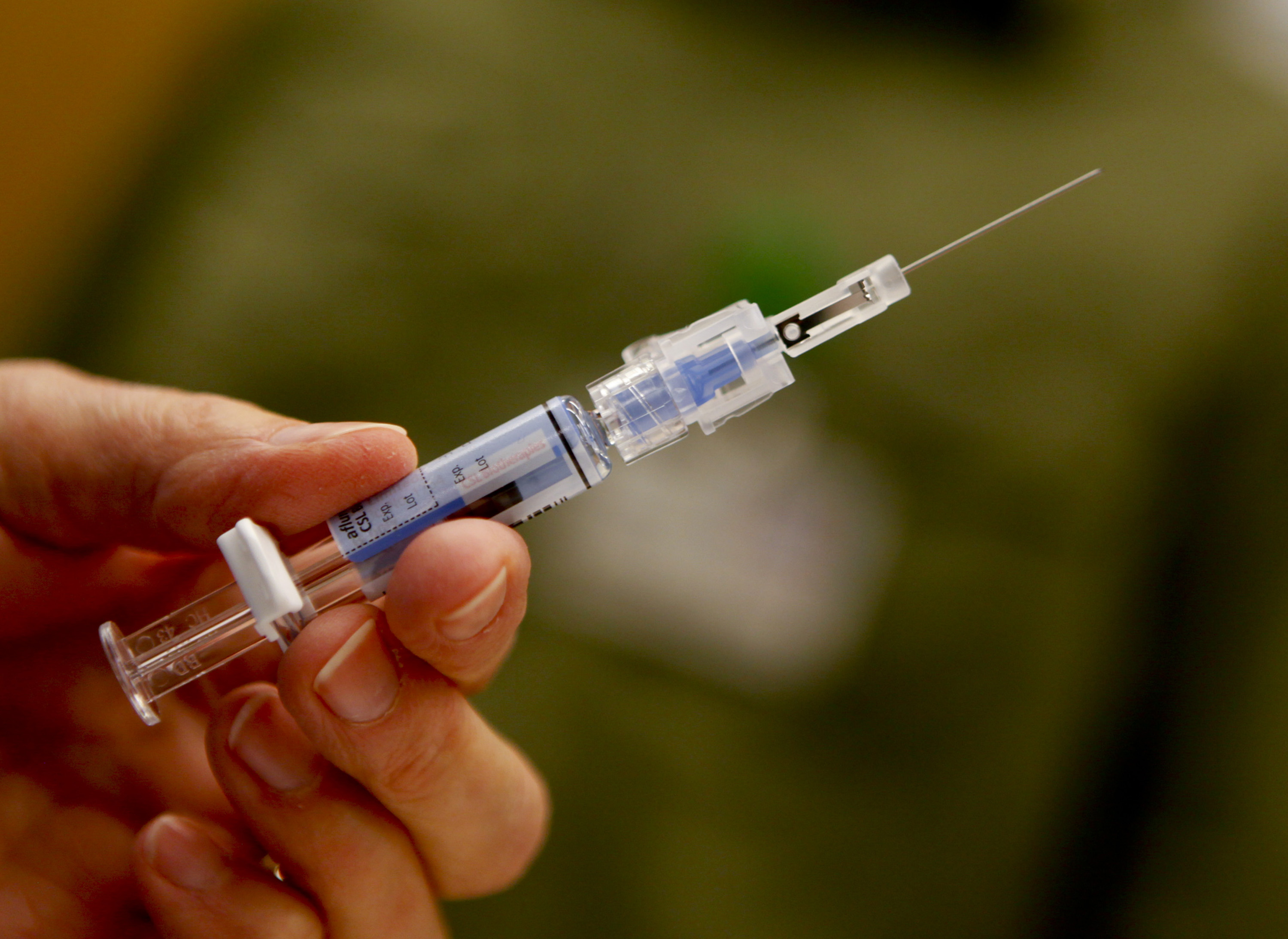
I remember when the first case of H1N1 was reported. I remember the girl, 14 years old, who was among the first victims. Her face beamed onto our terrified faces in every media outlet and left each of us thinking, “It could have been me.” I remember the school gates being shut to keep out anxious parents who were worried that their children might be sick. I remember the suspicion with which we viewed fellow classmates who dared to cough or complain of a fever. And I remember the relief when it was all over, having ravaged scores of fellow countrymen who had once again been a victim of our ill-equipped Kenyan health care system that was not ready to handle a seemingly benign epidemic, swine flu.
The terrors of eight years past are well behind me as I sit calmly next to my roommate. He has been coughing frantically for the last four minutes between sips of ginger tea. I pay little attention, as I reckon the flu is a mild disease whose pains I can easily mitigate with a quick pharmacy run. Just then, I receive a notification from Drexel University: “University-wide Flu Vaccine Clinic on October 17.” I rarely linger on email blasts, but maybe this time I should.
Every fall, the message goes out: get your flu shot! According to the Centers for Disease Control and Prevention, just about 43 percent of the populace heeds the call and gets the annual vaccine. Consequently, approximately 5 million illnesses and 71,000 hospitalizations are averted. Success, by all accounts. But, what about the 57 percent who choose to go head-to-head with the virus without the vaccine, even though it has an effectiveness rate of up to 60 percent?
Despite the vaccine providing an army of protective antibodies, the flu vaccination campaign is marred with obstacles that continue to put many people in the line of fire. These range from misconceived notions of supremacy against disease to misplaced aversions for the vaccines themselves.
A popular rationale for not getting vaccinated is, “I don’t need the vaccine.” Technological advancements in medicine have significantly lessened the brutality of disease. Unlike a few years ago, one is unlikely to encounter a bubo-riddled individual on the streets or to be the victim of ostracism because of a few skin lesions. In a twist of irony, these advancements have desensitized us and blunted our regard for vaccines, which are the true guardians of the galaxy.
Another go-to excuse for dodging the needle is that “the shot gives you the flu anyway.” While this may have been a legitimate concern when immunization was in its infancy, modern-day vaccines do not pose this danger. This is because there are no live viruses in flu vaccines. Scientists have invented ways to stimulate the body to mount an immune response without using the pathogenic aspects of a microbe. This is tantamount to capturing an enemy who has no fighting power. You will take the fair warning and arm yourself just in case a more sophisticated enemy attacks.
Getting the flu shot does not always eliminate the possibility of infection but significantly lessens one’s burden in case they are afflicted. This is because of the concept of antigenic drift. Every season, the flu virus undergoes mutations that enable its proliferation. Vaccine manufacturers have to painstakingly sample different viruses to determine which may be in circulation in the upcoming season. It is hit-or-miss. But the miss is more a slip than a miss, since antibodies made in response to one virus may still protect against a different but related virus.
What is more? Vaccination against the flu accrues exponential benefits, not only for oneself but also for others. This is referred to as herd immunity. The greater the number of people who get vaccinated, the less the virus has a chance to be passed from person to person. The virus is simply short circuited. Vaccination is a classic case of being a strong link in the human chain.
For most people, the flu is a mere inconvenience that often lasts a week. However, there are victims who do not share this luxury. Think of the senior citizens who are all too eager to recount their childhood stories in that hospital where you volunteer. Think of the two-year-olds you encounter in SEPTA trains as they are carted away by their parents to day care. Think of the citizens of that developing country that lacks the resources to cater for its sick, where you will be doing a medical mission abroad this winter. These are the real victims; in a given year, as many as 56,000 influenza deaths in America have occurred . How painful their demise should be, knowing that by simply walking into the CVS and getting the flu shot, each of these deaths could have been preventable.


